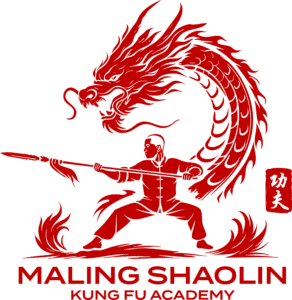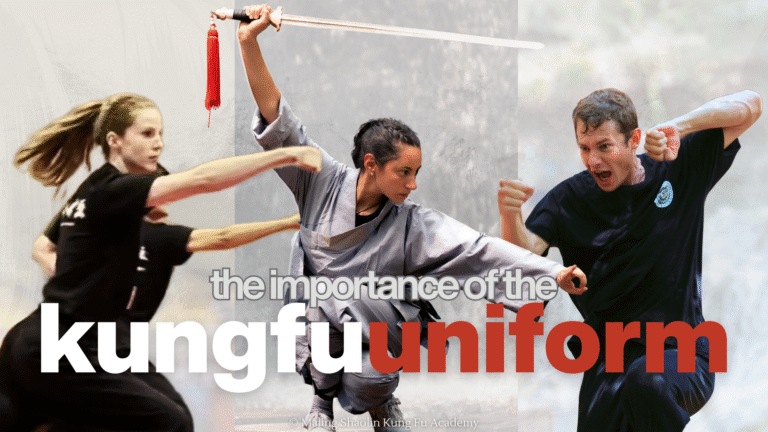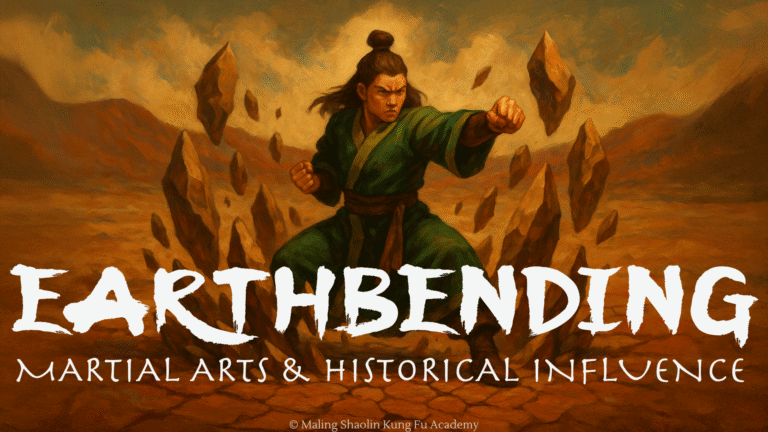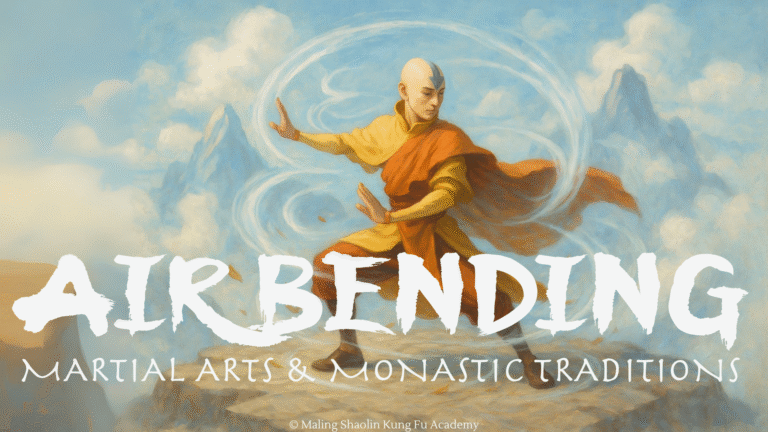The Stance Series: Empty Stance (Xu Bu)
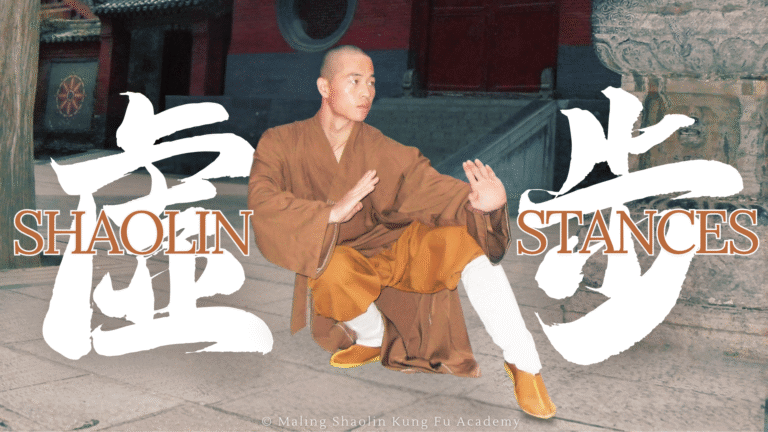
Light, fast, and deceptively simple, the Empty Stance (Xū Bù) is essential for developing agility, evasion, and smooth transitions in Shaolin Kung Fu. This guide explores the stance’s origins, how to perform it correctly, and the benefits it brings to both forms and sparring.
